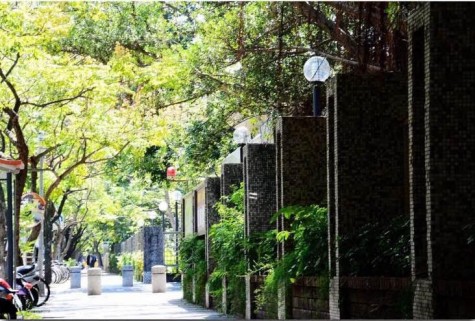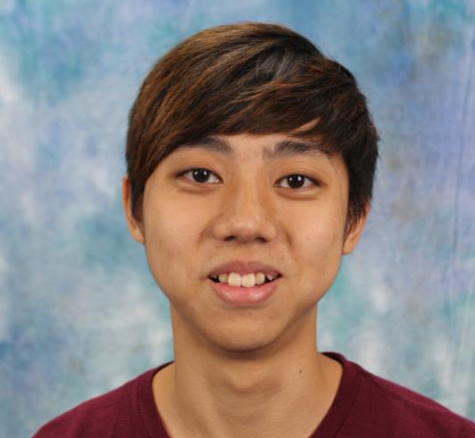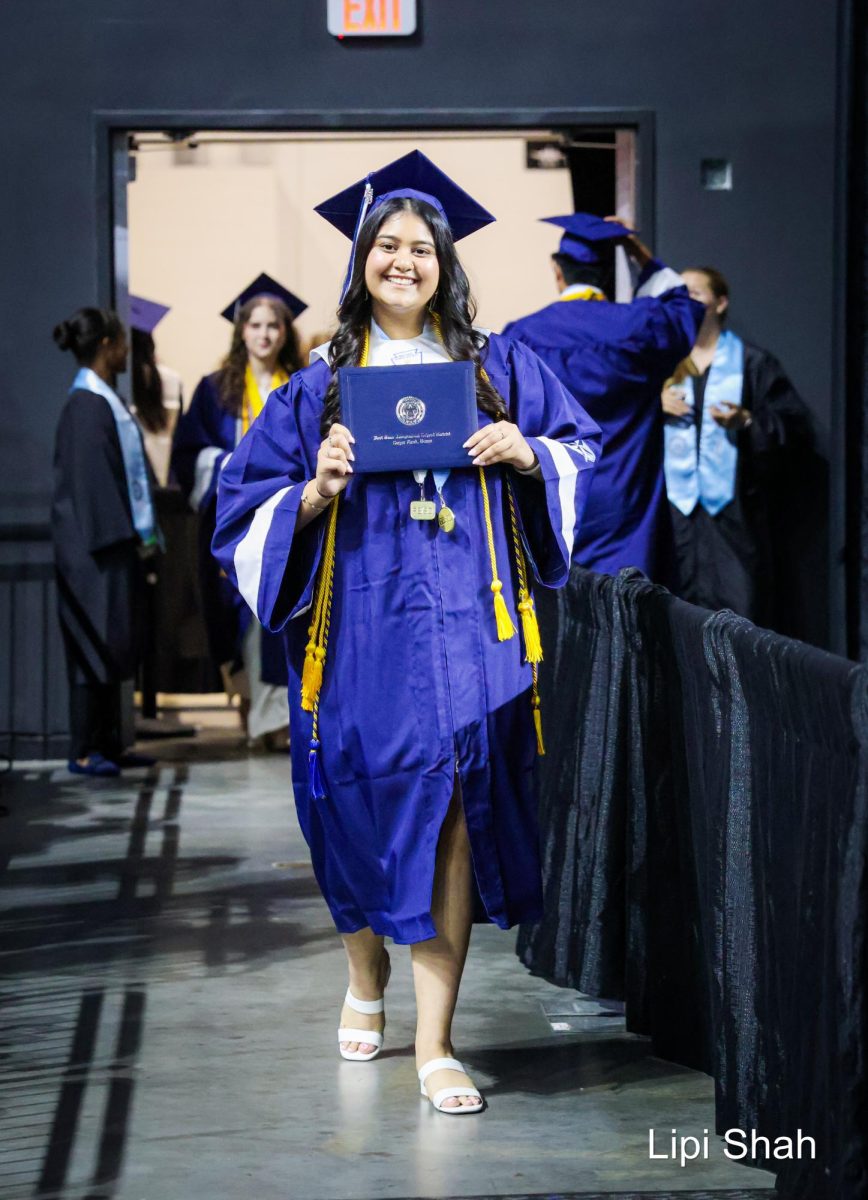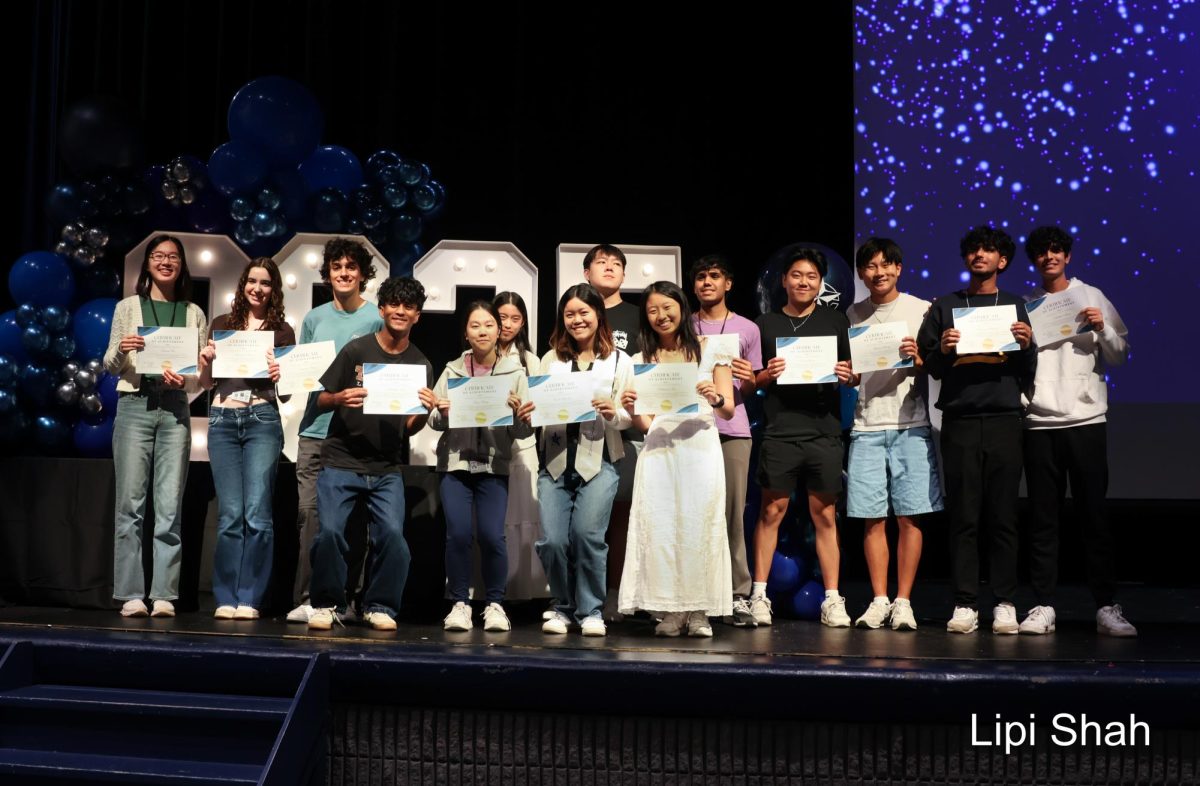Changing Schools
October 22, 2015
Moving can be exciting and fun but it can also be tiring and very stressful especially when you’ve just adapted to an environment. For me, I don’t like moving at all because I move way too often. Because of my dad’s job we move every two to three years and every time it takes about a year to get used to the new place. The places that I’ve lived in are very different from one another.
For a student like me, school is the most important part of my life. Different schools in different cultures really are different in the way of teaching, the school work, the classmates and even the school buildings. I remember the first time going to a Taiwanese public school. It was a very scary experience because the school looked very creepy and crowded. Schools in Asia are usually multi story buildings that are very close to each other and are full of students due to the high population density. Typical taiwanese schools are Japanese style buildings since Taiwan was colonized by Japan for over 50 years. It usually consists of a garden with a pond and lots of large trees. Public high schools these days keep the historical look to it, but the inside is pretty modern. Taiwanese schools are much more eco-friendly than American schools. For instance, the hallways are not indoors and aircondition electricity bills are charged separately for each class. Overall I think it’s great to have the chance of studying in Taiwan.
Another thing that’s probably the most obvious difference  between Asian schools and American schools is the competition academic wise. Asians parents tend to be much more strict and their kids are under more pressure. In the Chinese society, teaching is a very respected job and the teachers are really strict and have really high expectations for their students. All of this is because of Confucianism, an ancient chinese belief that education is the basis of everything. Because of this belief, most of Asian schools use the “Spoon-feeding education” literally meaning the teachers feed the knowledge into your brains instead of the student thinking or really understand the material itself. This results to excessive copying of homework and lots of cheating. Basically what they think is practice makes perfect, so keep practicing until you’re perfect. Although this seems like a really awful way of teaching, there are also benefits. For example, in first grade they make you memorize the 9×9 chart for multiplication, which really helps the kids later on in math, and that’s why we see lots of kids solving really complicated multiplication questions in 3rd grade!
between Asian schools and American schools is the competition academic wise. Asians parents tend to be much more strict and their kids are under more pressure. In the Chinese society, teaching is a very respected job and the teachers are really strict and have really high expectations for their students. All of this is because of Confucianism, an ancient chinese belief that education is the basis of everything. Because of this belief, most of Asian schools use the “Spoon-feeding education” literally meaning the teachers feed the knowledge into your brains instead of the student thinking or really understand the material itself. This results to excessive copying of homework and lots of cheating. Basically what they think is practice makes perfect, so keep practicing until you’re perfect. Although this seems like a really awful way of teaching, there are also benefits. For example, in first grade they make you memorize the 9×9 chart for multiplication, which really helps the kids later on in math, and that’s why we see lots of kids solving really complicated multiplication questions in 3rd grade!
Also, student life is another place with significant difference. High school students leave school at 5:00 pm and go to cram schools at about 6:00 pm. People don’t usually have time to rest or relax during school days. On weekends classmates study together and have fun afterwards. School clubs meeting and activities are usually on weekends as well. The clubs in Taiwan are mainly based on performing rather than volunteering. The largest clubs are usually music performing clubs or dancing clubs. Every club prepares for a “result presentation” at the end of the year as a sign of showing what they’ve learned over the year and passing the responsibility on. Overall I think studying in Taiwan is a great experience and it’s really much more than the school itself. It’s the distinctive Chinese culture that’s behind it all.







